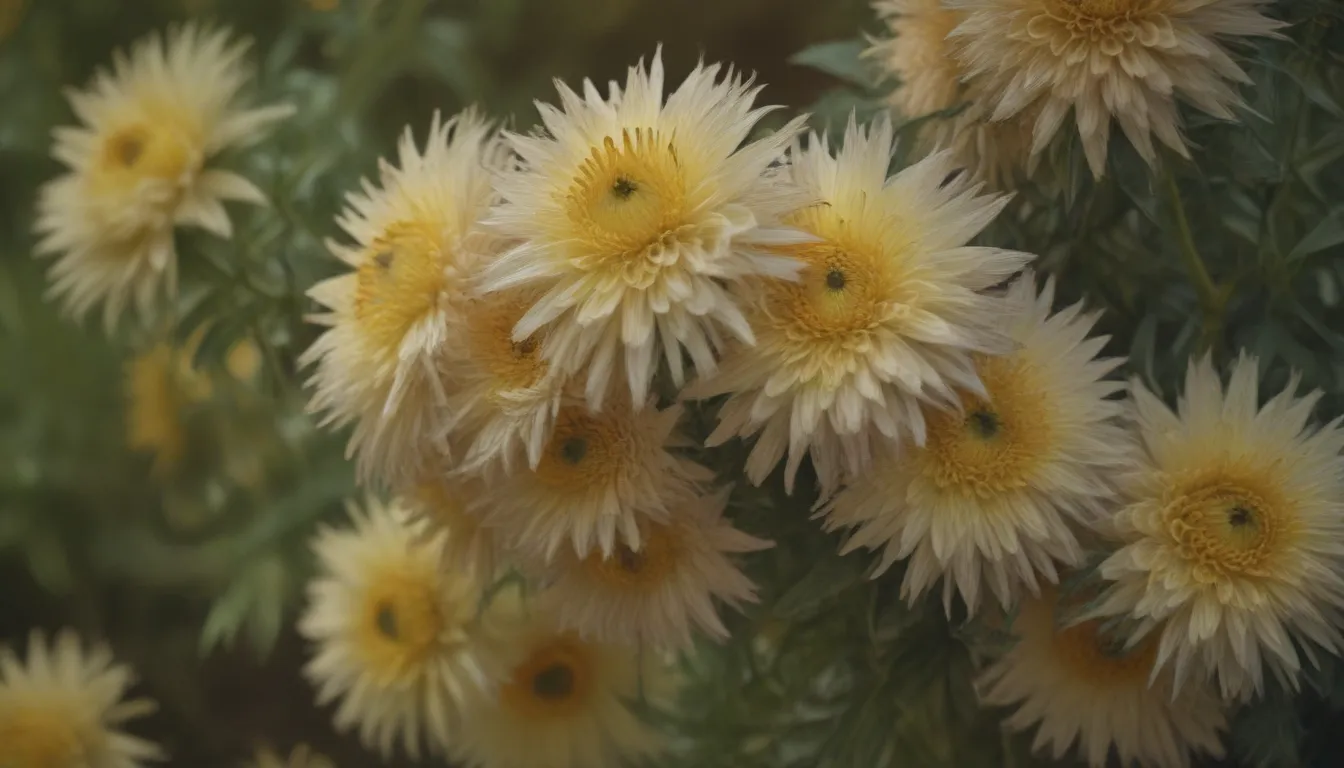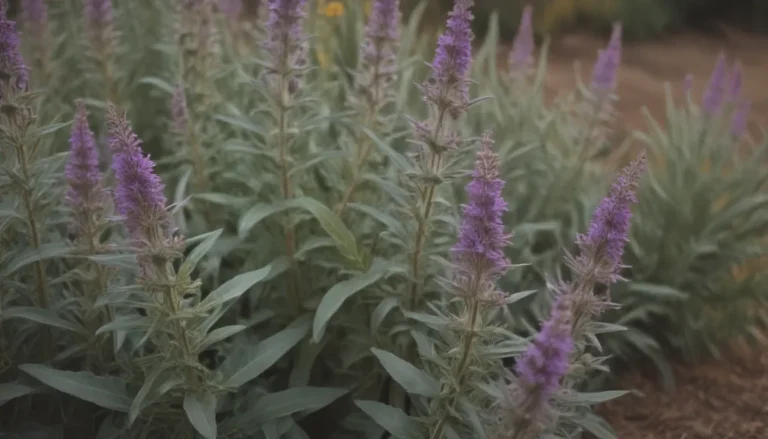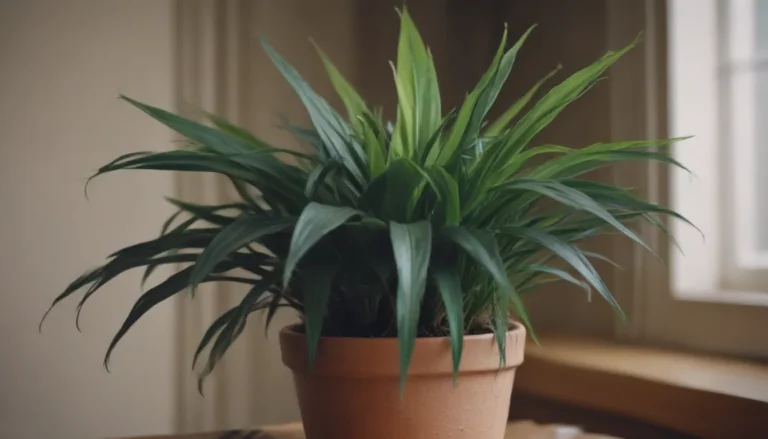Comprehensive Guide to Understanding, Treating, and Preventing Aster Yellows Disease

If you’ve heard of aster yellows disease, you may already know that it’s a common problem affecting various plants. But did you know that the name “aster yellows” is a bit deceiving? This disease doesn’t just target aster flowers; it can affect over 300 plant species. Let’s delve into the world of aster yellows and explore everything you need to know about its symptoms, treatment, and prevention.
What Is Aster Yellows Disease?
Aster yellows disease is caused by a mycoplasma-like bacteria that resides within the veins of plants or the aster leafhopper insect (Macrosteles quadrilineatus). This disease can lead to plant discoloration, stunted growth, and malformed flowers and vegetables. In vegetables like garlic, carrots, and onions, it can even cause a bitter taste. Additionally, popular flowers such as asters, coneflowers, marigolds, chrysanthemums, petunias, and snapdragons are susceptible to aster yellows.
Symptoms of Aster Yellows
The symptoms of aster yellows can vary depending on the plant species. Here are some common signs that indicate a plant may be infected:
- Stunted growth
- Malformed, small flowers
- Poor quality vegetables or fruits
The pathogen responsible for aster yellows can move throughout the entire plant, from the roots to the flowers, leading to widespread symptoms.
Plants Affected by Aster Yellows
A wide range of plant species can fall victim to aster yellows disease. Members of the aster family (Asteraceae) are particularly susceptible, including popular flowers like aster, calendula, and marigold. Various garden crops like broccoli, cabbage, lettuce, and tomato can also be affected. Weeds such as dandelion, horseweed, and thistle are carriers of the disease and can spread it to desirable plants.
How Aster Yellows Spreads
The aster leafhopper insect plays a crucial role in the spread of aster yellows disease. When the aster leafhopper feeds on an infected plant, it ingests the aster yellows mycoplasma. Subsequently, the insect can transmit the pathogen to other plants it feeds on after developing a salivary gland infection. The aster leafhopper harbors the mycoplasma throughout its life without experiencing any harm.
Aster Yellows Control and Prevention
Unfortunately, there is no cure or treatment for plants infected with aster yellows. Once symptoms appear, the infected plants should be promptly removed and disposed of to prevent further spread of the disease. It’s essential to act quickly to prevent aster leafhoppers from feeding on infected plants and transmitting the pathogen.
Control Strategies:
- Early diagnosis is key
- Remove infected plants promptly
- Compost infected plants
- Use mechanical barriers to protect plants
- Select plants less susceptible to aster yellows
Preventing aster yellows involves careful planning and proactive measures. It’s crucial to remove and dispose of infected perennials, as they can harbor the pathogen from one season to the next. Additionally, using reflective mulches, row covers, and healthy plant cuttings can help protect your garden from aster yellows.
Incorporating these prevention strategies into your gardening routine can help mitigate the impact of aster yellows disease and keep your plants healthy and thriving. Remember, early detection and swift action are essential when dealing with this plant-threatening disease.
Conclusion
In conclusion, aster yellows disease can pose a significant threat to a wide range of plant species. By understanding its symptoms, transmission methods, and prevention strategies, you can effectively protect your garden from this destructive pathogen. Remember to stay vigilant, remove infected plants promptly, and implement proactive measures to safeguard your plants against aster yellows. With the right knowledge and preventive actions, you can enjoy a thriving, disease-free garden all season long.
Remember, knowledge is power when it comes to protecting your plants from diseases like aster yellows. Stay informed, stay proactive, and your garden will thank you with healthy, vibrant growth.





